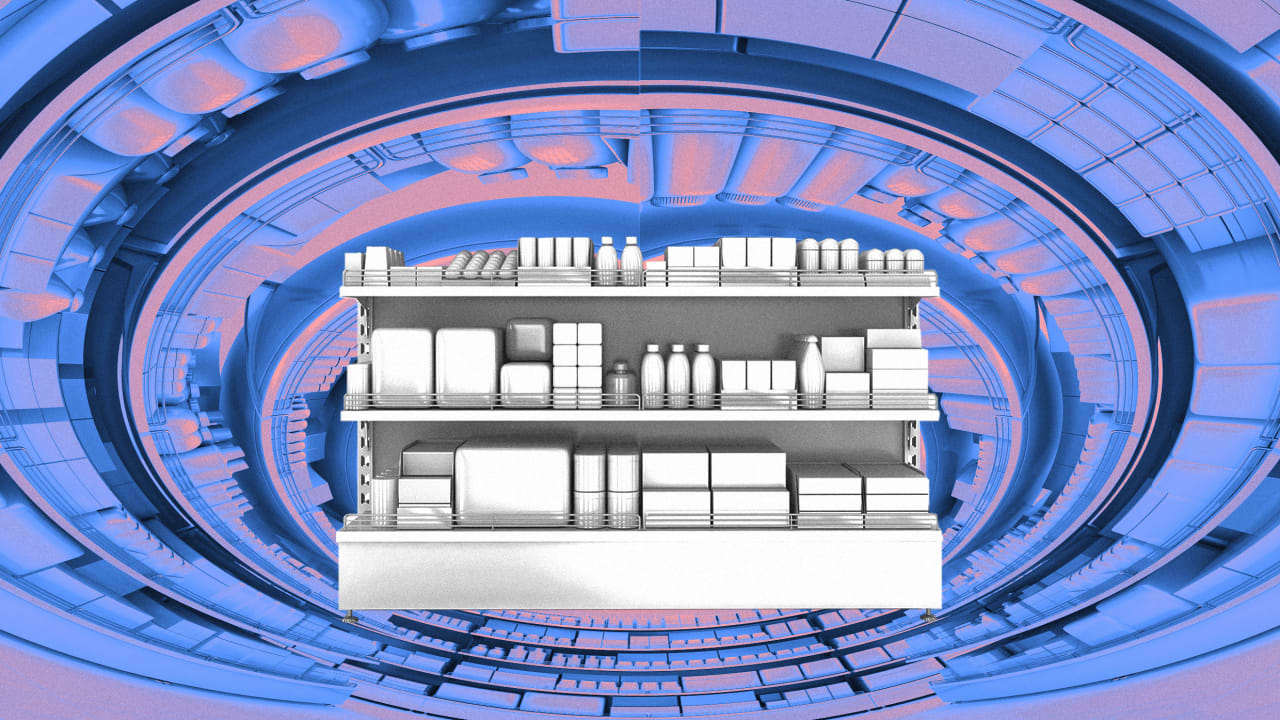Many brands that typically have large stores, including Sephora and Nordstrom, are creating smaller-format stores embedded in neighborhoods. These stores feature less inventory, since customers can order items to be delivered to their homes, and store managers curate the products available on shelves to meet the needs of the specific community.

